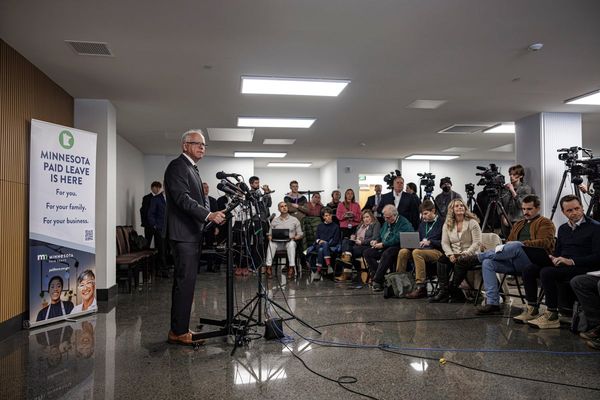
Narendra Modi may have won a historic mandate in the 2014 Lok Sabha elections on the back of a development agenda but it is his predecessor Manmohan Singh who mentioned development more frequently in Independence Day speeches. This is one among several surprising findings from a Mint analysis of the Independence Day (I-Day) speeches delivered by India’s current Prime Minister so far, and those of Singh, his predecessor. The analysis compared 10 speeches of Manmohan Singh with four of Modi’s. Given India’s roller-coaster ride between 2004 and 2014, there’s the fact that Singh clearly had opportunity to cover more ground (and issues) than Modi has had.
Modi is believed to have a better connect with a new aspirational India which is focused on jobs and industrial growth while Singh’s regime was often seen to be focused excessively on doles for the poor. Yet, poverty (and related words such as ‘poor’) has been more frequent in Modi’s I-Day speeches than in Singh’s I-Day speeches. Singh also spoke more frequently about jobs (and employment) in I-Day speeches than Modi has. Farm and farming related words are nearly equally frequent in the I-Day speeches of both leaders. In general, economic issues tend to dominate the speeches of both leaders. The frequency of each key-word has been calculated as a ratio (per 10,000 words) to account for the differing word lengths of speeches delivered by the two leaders.
Modi has mentioned education 3.38 times per 10,000 words in his I-Day speeches, compared to 29.87 times for Singh. Modi has mentioned health 5.84 times per 10,000 words compared to 18.4 times for Singh. There are two not-so-surprising differences between the two. Singh was silent about the ‘middle-class’ which have found mention in Modi’s I-Day speeches. Modi has been largely silent on ‘Muslims’/’minorities’ which found mention more frequently in Singh’s I-Day speeches.
It is worth noting that the focus on certain issues in speeches may not always reflect policy priorities. As Indian voters have discovered, action rarely ever matches rhetoric in Indian politics. Nonetheless, the frequencies of key-words do give an idea about the message that leaders wish to convey.
And Modi’s message seems to have increasingly focused on poverty and the rural economy rather than on jobs and industrial growth, an analysis of all his speeches over the years show. This analysis of Modi’s speeches includes all speeches listed on his website since he became prime minister, and not just the I-Day speeches delivered by him.
Successive droughts over the past few years and the demonetisation-induced liquidity crunch last year have brought India’s farm crisis into sharp focus in recent months, and this may partly explain the rising frequency of these words. Nonetheless, it is quite likely that Modi is trying to burnish his appeal—among farmers, who constitute the single biggest occupational group in India, and among the poor, who constitute a large group of regular voters in the country—as the next Lok Sabha election draws closer.
Ragini Bhuyan contributed to this analysis.







